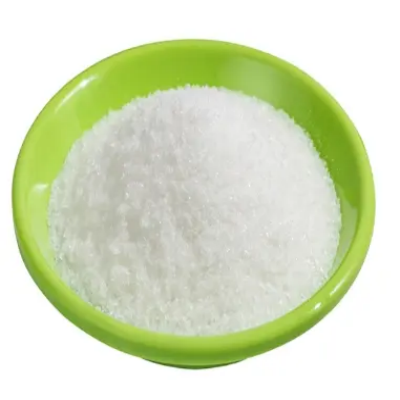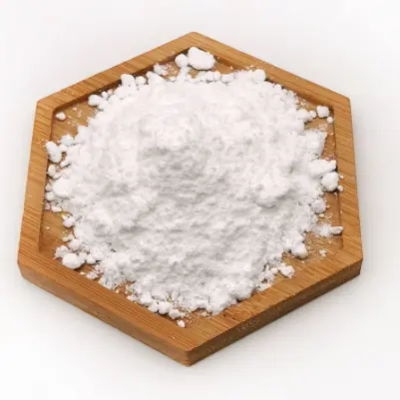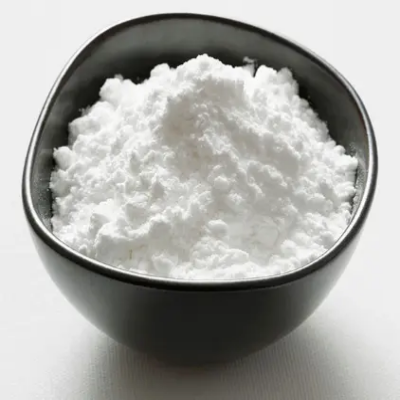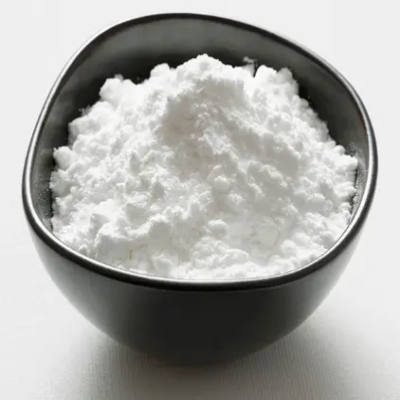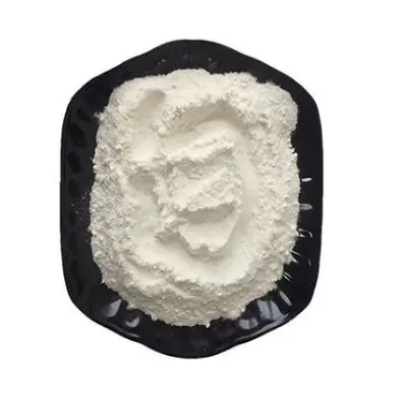6-chloro-2-methyl-2H-indazol-5-amine CAS:1893125-36-4
The synthesis of 6-chloro-2-methyl-2H-indazol-5-amine involves a multi-step synthetic approach that starts with the preparation of an intermediate indazole compound. One common method for preparing indazoles involves the condensation of an o-phenylenediamine derivative with a keto or aldehyde compound, followed by cyclization under acidic or basic conditions. In the case of 6-chloro-2-methyl-2H-indazol-5-amine, the starting material would be an o-phenylenediamine with suitably positioned substituents to allow for the introduction of the methyl and chlorine groups at the specified positions on the indazole ring. Once the indazole core is formed, the next step is to introduce the methyl group at the 2-position. This can be achieved through a Friedel-Crafts alkylation reaction, where the indazole is treated with a methylating agent such as methyl iodide or dimethyl sulfate in the presence of a Lewis acid catalyst like aluminum chloride. The methyl group is added to the indazole through an electrophilic aromatic substitution mechanism, substituting one of the hydrogen atoms on the 2-position. After the introduction of the methyl group, the focus shifts to the 6-position, where the chlorine atom is introduced. This is typically done through a halogenation reaction, where the indazole is treated with a chlorinating agent such as chlorine gas or N-chlorosuccinimide in the presence of a base or a catalyst. The chlorination takes place at the 6-position due to the activating effect of the nearby methyl group and the amino group, which increases the electron density at that position, making it more susceptible to electrophilic attack. Finally, the amino group at the 5-position is introduced through a diazotization reaction. This involves treating the indazole with a nitrating agent such as nitrous acid or its salts, which results in the formation of a diazonium ion at the 5-position. The diazonium ion can then be reduced to the corresponding amine in the presence of a reducing agent, such as tin and hydrochloric acid or iron and hydrochloric acid. This step completes the synthesis of 6-chloro-2-methyl-2H-indazol-5-amine. 6-Chloro-2-methyl-2H-indazol-5-amine is an important intermediate in organic synthesis, with applications in the pharmaceutical industry due to its biological activity and potential as a lead compound for the development of new drugs. The presence of the chlorine and amino groups provides opportunities for further functionalization, allowing for the synthesis of a wide array of derivatives with potentially improved pharmacological properties. The stability of the compound is influenced by the presence of the chlorine and amino groups, which can undergo further reactions under certain conditions. Therefore, the compound should be handled with care and stored under appropriate conditions to maintain its stability and purity.



| Composition | C8H8ClN3 |
| Assay | 99% |
| Appearance | white powder |
| CAS No. | 1893125-36-4 |
| Packing | Small and bulk |
| Shelf Life | 2 years |
| Storage | Store in cool and dry area |
| Certification | ISO. |


